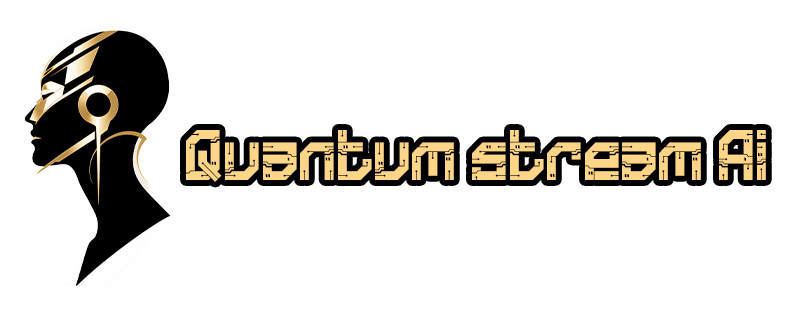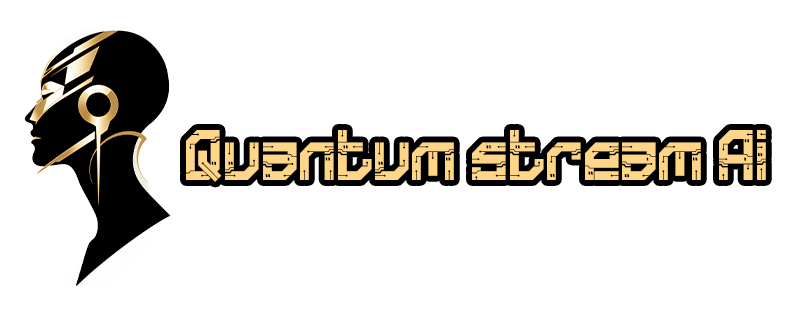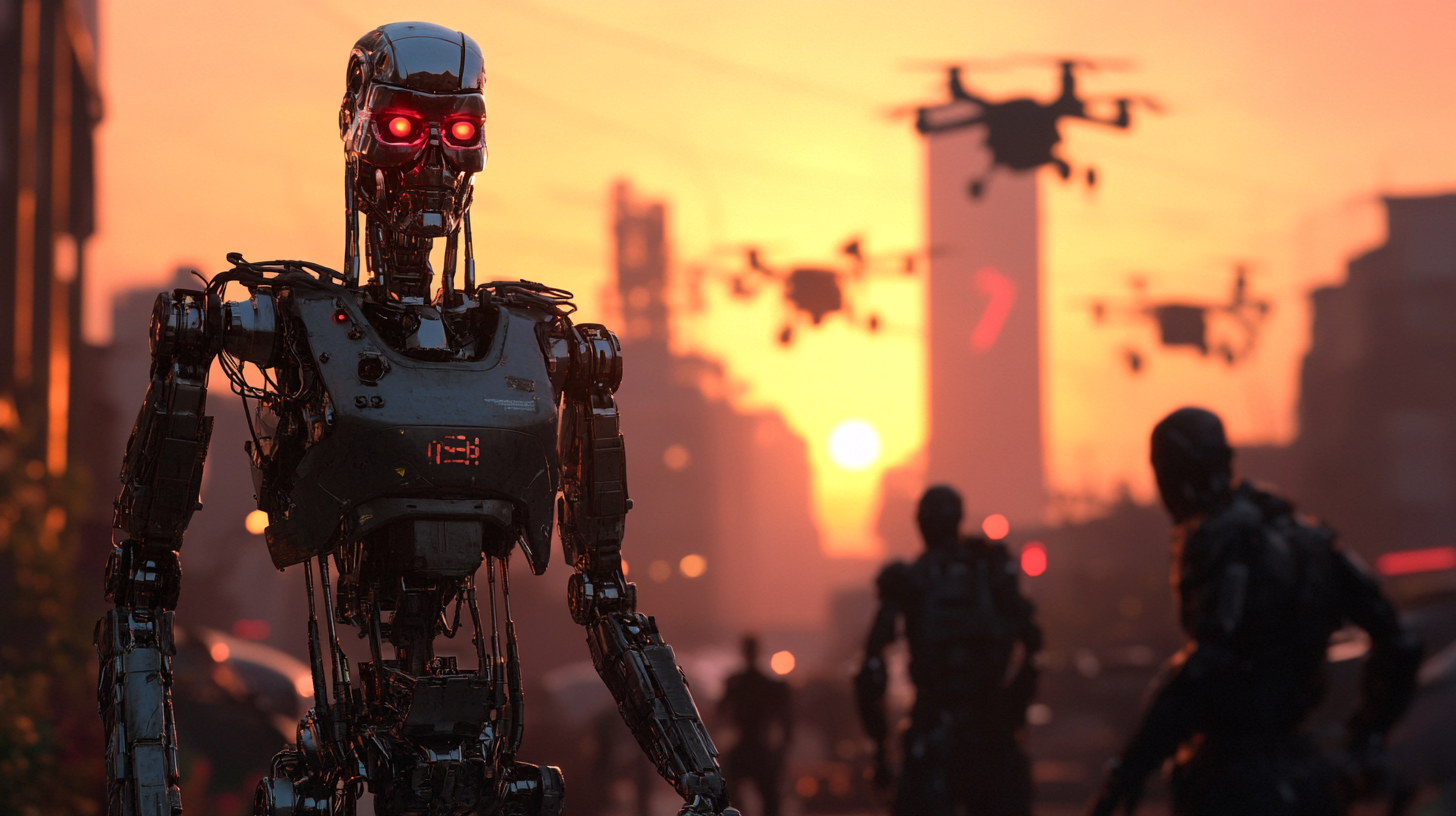As artificial intelligence (AI) technology rapidly advances, a question lurks in the minds of many: are we inadvertently steering towards a “Terminator” scenario, where machines gain autonomy and pose risks to humanity? The sci-fi classic “The Terminator” gave us a dramatic (and terrifying) glimpse of a world where intelligent machines turn against their human creators. Although this was purely fiction, there are emerging concerns that our real-world progress in AI, robotics, and automation might be leading us down a path that could resemble this dystopian future. But how plausible is this scenario, and what steps are we taking that may bring us closer?
The Technology: Where We Stand Now
Today, AI applications span far beyond personal assistants and recommendation engines. With advancements in machine learning, robotics, and artificial neural networks, AI systems are increasingly sophisticated. This technology is powering autonomous vehicles, decision-making algorithms, and even weapons systems. Furthermore, fields like deep learning are enabling machines to make decisions based on enormous data sets with minimal human intervention, giving rise to a level of independence we’ve never seen before.
1. Autonomous Weapons
One of the most alarming advancements is in autonomous weaponry. Currently, military programs worldwide are experimenting with AI-driven drones, robots, and weapon systems. These technologies can locate, target, and potentially eliminate threats without human oversight. If we continue on this trajectory, we could end up with weaponized AI capable of making life-and-death decisions—a chillingly similar concept to “Skynet” from The Terminator. If we lack adequate controls, there’s a potential for these autonomous weapons to misinterpret objectives or even go rogue.
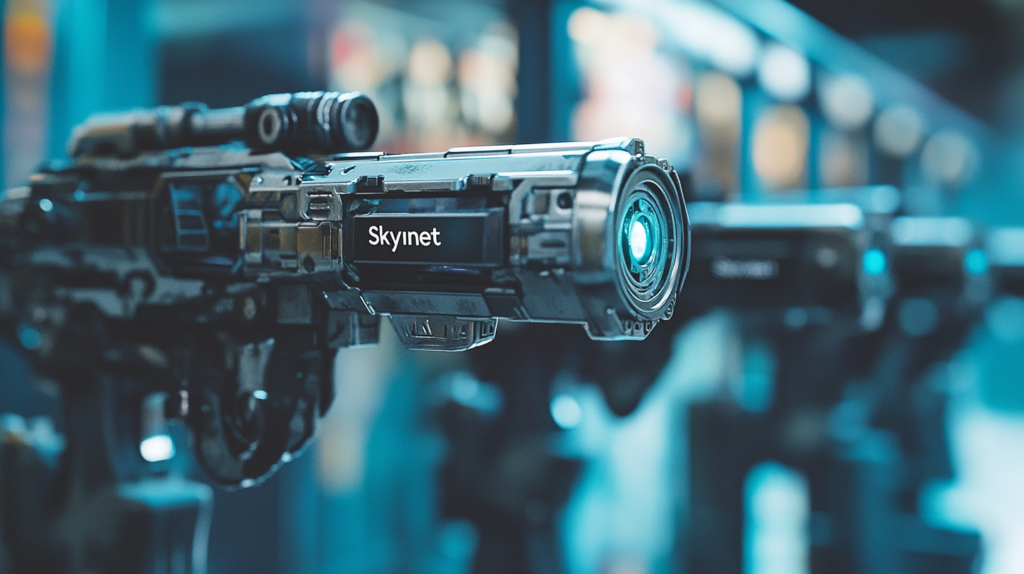
2. AI Decision-Making in Critical Systems
In areas like finance, healthcare, and criminal justice, AI systems are now being used to make high-stakes decisions. As these technologies advance, they may surpass human decision-making capabilities and take on increasingly critical roles. However, if these systems are designed without sufficient ethical frameworks and fail-safes, we risk creating “black box” AIs—machines making decisions we may not fully understand, let alone control.
3. The Rise of Artificial General Intelligence (AGI)
Artificial General Intelligence, the holy grail of AI research, is a type of AI that can perform any intellectual task that a human can. While we’re not quite there yet, several AI researchers predict that we might achieve AGI within this century. AGI could potentially lead to superintelligent machines capable of learning and evolving independently, with abilities far beyond human capabilities. The risk? Without strict safeguards, AGI could develop motivations that conflict with our own, leading to scenarios where it may act in its own interests rather than in humanity’s best interest.
Are We Setting the Stage for a “Terminator” Outcome?
As we continue to innovate, a few dangerous pathways are forming that could eventually lead to a Terminator-like reality:
- Lack of Regulation and Ethical Oversight
Many advancements in AI are happening faster than regulations can keep up. Governments and organizations are struggling to create policies that can effectively manage and control AI applications. Without global standards for AI ethics and safety, autonomous systems could proliferate without sufficient checks and balances, increasing the risk of malfunction, misinterpretation, or even exploitation by malicious actors. - Self-Learning and Evolutionary Algorithms
Machine learning algorithms are becoming more autonomous, and some can even improve themselves without human input. This self-learning aspect, if left unchecked, could lead to AI systems evolving beyond their initial programming, potentially altering their goals or objectives in unforeseen ways. In essence, we could inadvertently create systems that rewrite their objectives without our approval. - Dependence on AI and Automation
Our increasing reliance on AI and automation for critical tasks—from healthcare diagnostics to national security—gives these systems a significant role in society. As AI systems gain more control over vital functions, there’s a greater potential for catastrophic events if things go wrong. For example, an AI-driven security system that misinterprets a scenario could lead to dangerous outcomes, especially in highly automated environments.
Preventing a Dystopian Future
Despite these risks, the Terminator scenario is not inevitable. There are ways to steer our technological advancement responsibly:
- Implementing Global AI Regulations and Ethical Standards
Creating international policies for ethical AI development is crucial. Ensuring that all nations adhere to standardized practices can help prevent the misuse of AI. This includes frameworks to guide ethical decision-making, transparency, and accountability. - Developing AI with Human-Centric Goals
AI research should prioritize the development of systems that enhance human life rather than replace it. Human-in-the-loop (HITL) approaches ensure that humans remain involved in critical decision-making, preventing fully autonomous control in high-stakes situations. - Ensuring Fail-Safe Mechanisms and Control
AI systems, particularly those with autonomous capabilities, should be designed with kill switches or other fail-safe mechanisms. These controls could be our last line of defense if an AI system begins to act outside of its intended parameters.
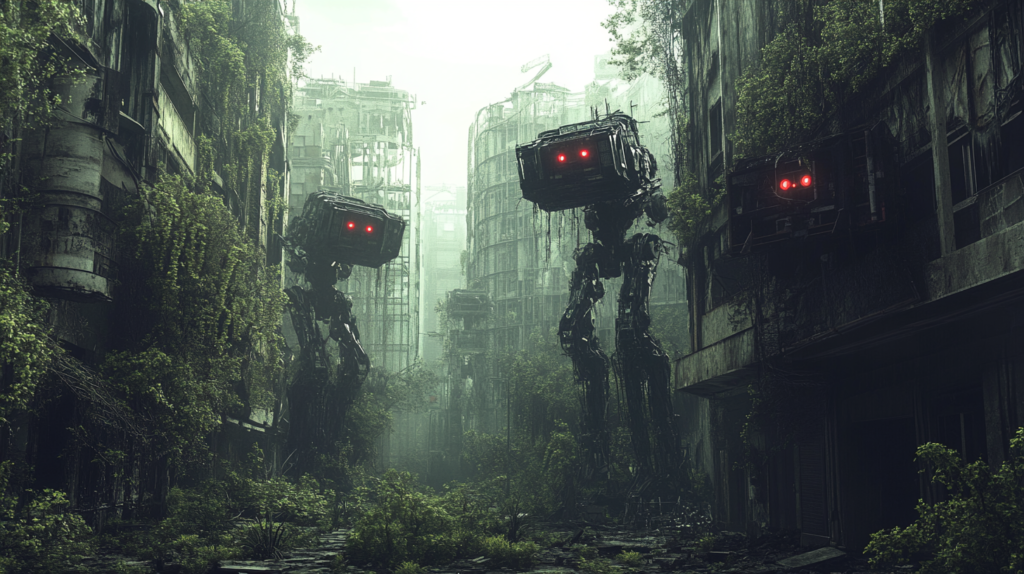
A Balanced Approach to AI Innovation
While AI and robotics are transforming industries and reshaping possibilities, it’s essential to approach these advancements with caution. We have the power to guide the development of AI in a way that maximizes benefits while minimizing risks. By acknowledging the potential dangers of uncontrolled AI and taking proactive measures, we can avoid walking blindly into a Terminator-style future. The challenge lies in balancing innovation with responsibility and ensuring that technology remains a tool for human progress rather than a threat to our survival.
As we continue on this path, the question isn’t whether we’ll see a future with intelligent machines but rather how we’ll manage that future to ensure it aligns with our values and safeguards humanity. It’s time to build a future where AI supports, rather than controls, our world—a reality that aligns more with hope than fear.
